Utah’s landscape holds thousands of years of Native American history, from ancient petroglyphs carved into red sandstone to sacred ceremonial grounds that still echo with cultural significance. The state’s diverse terrain—spanning deserts, canyons, and mountains—provided a home to numerous tribes, including the Ute, Paiute, Shoshone, Navajo, and Ancestral Puebloan peoples.
Exploring these heritage sites offers visitors a chance to connect with stories that predate European settlement by millennia. Here is a list of 20 Utah tribal heritage sites that showcase the rich cultural tapestry woven throughout the state.
Bears Ears National Monument
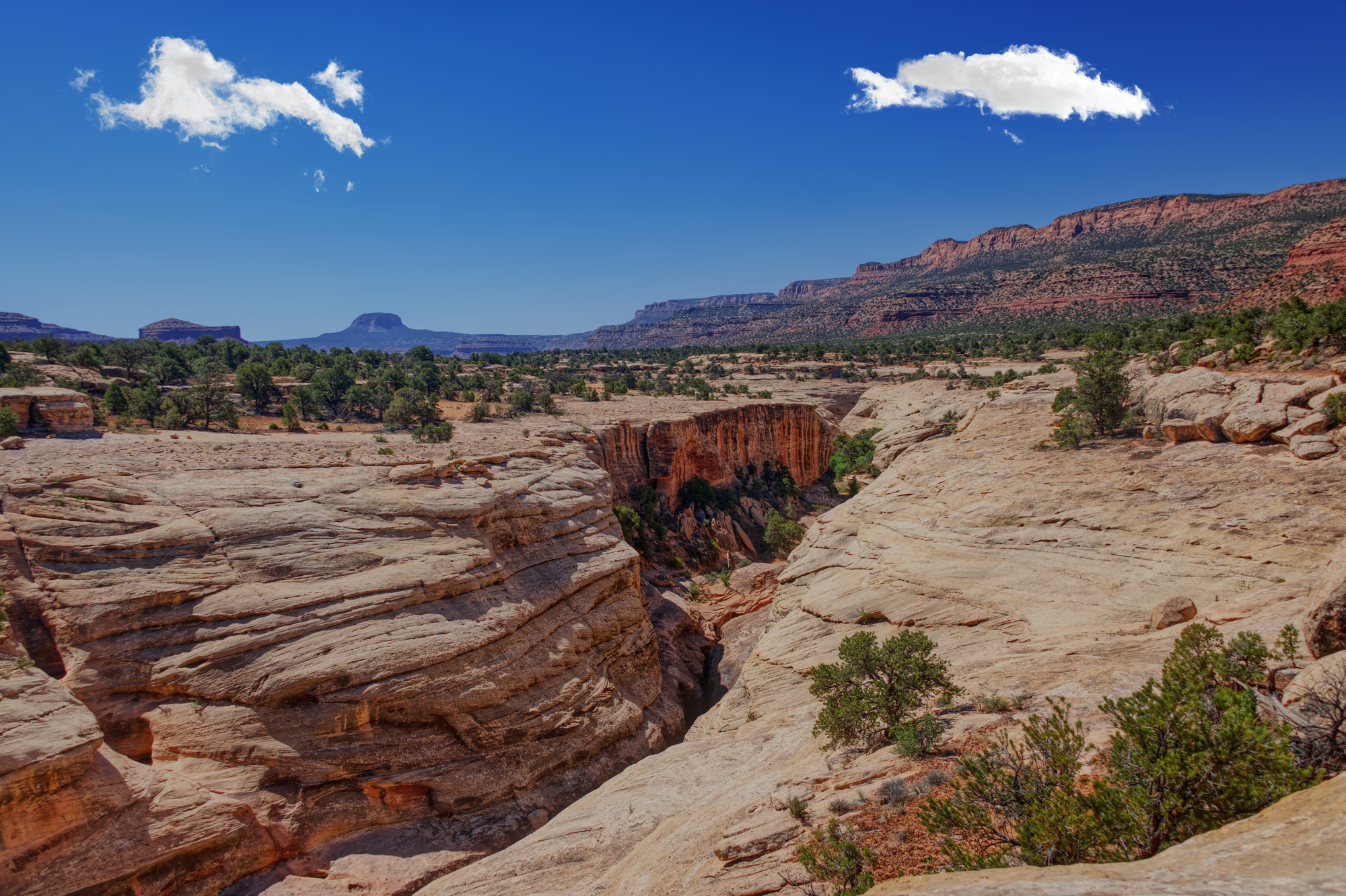
This sprawling monument protects over 100,000 archaeological sites, making it one of the most significant concentrations of Native American cultural resources in the United States. The twin buttes that give the area its name serve as landmarks that have guided travelers for generations.
Five tribes—Hopi, Navajo, Ute Mountain Ute, Uintah and Ouray Ute, and Zuni—consider this landscape sacred and continue to gather traditional plants and conduct ceremonies here.
Nine Mile Canyon
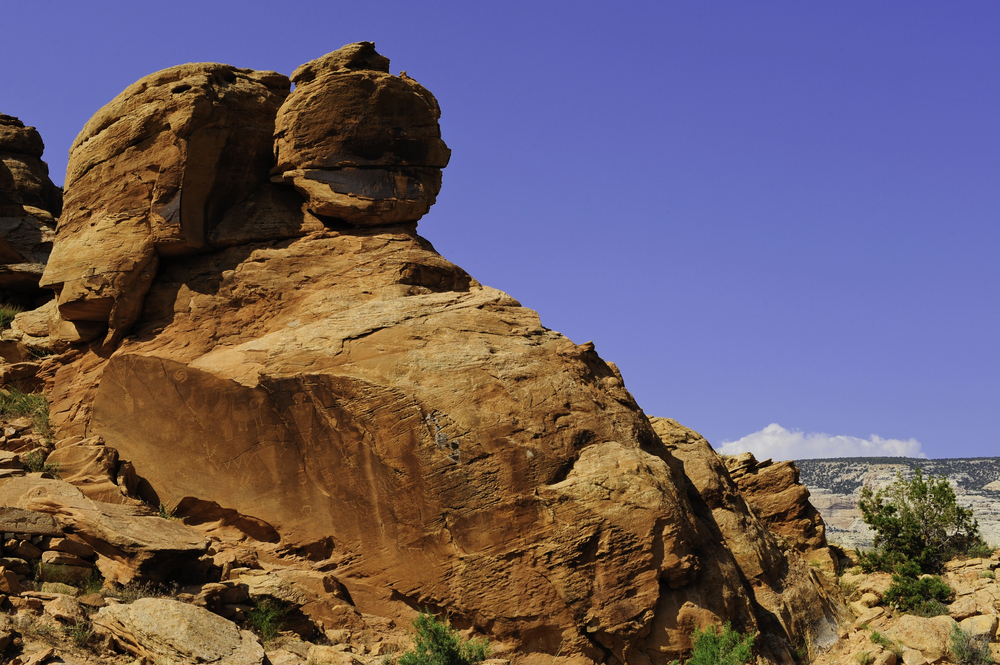
Often called the ‘world’s longest art gallery,’ this canyon contains thousands of petroglyphs and pictographs created by the Fremont people between 950 and 1250 CE. The rock art depicts hunting scenes, human figures, and geometric patterns that tell stories of daily life and spiritual beliefs.
Despite its name, the canyon actually stretches over 40 miles through the Book Cliffs region.
Like Travel Pug’s content? Follow us on MSN.
Newspaper Rock State Historic Monument
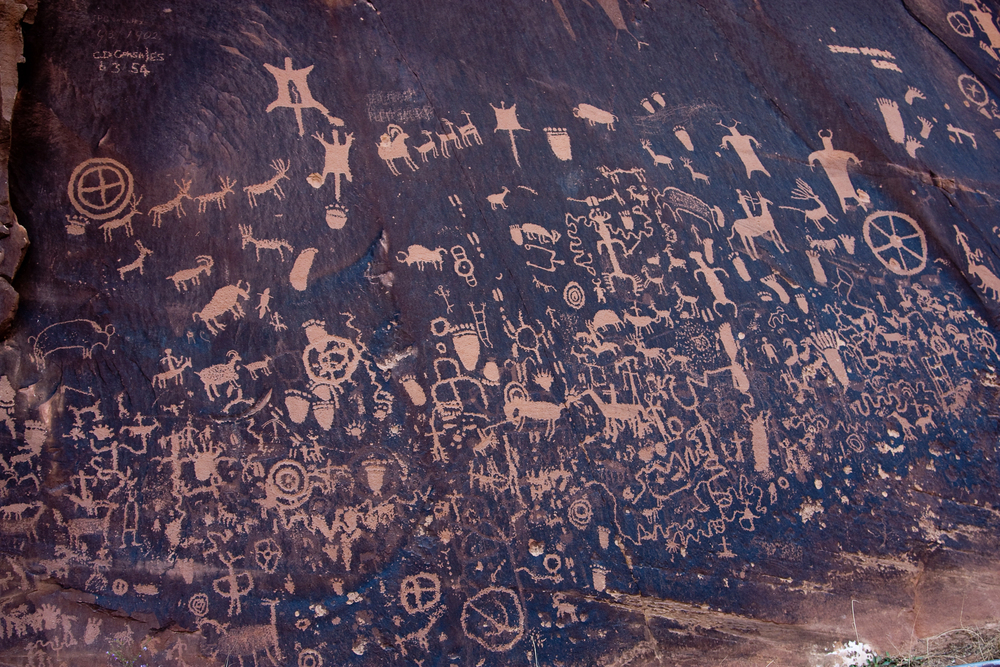
This single sandstone cliff face contains one of the most concentrated collections of petroglyphs in the Southwest, with symbols spanning over 2,000 years of human history. The dark desert varnish provides a perfect canvas for the lighter-colored carvings, creating a dramatic contrast that makes each symbol stand out clearly.
Visitors can walk right up to the rock face and examine dozens of different motifs, from bighorn sheep to human handprints.
Hovenweep National Monument
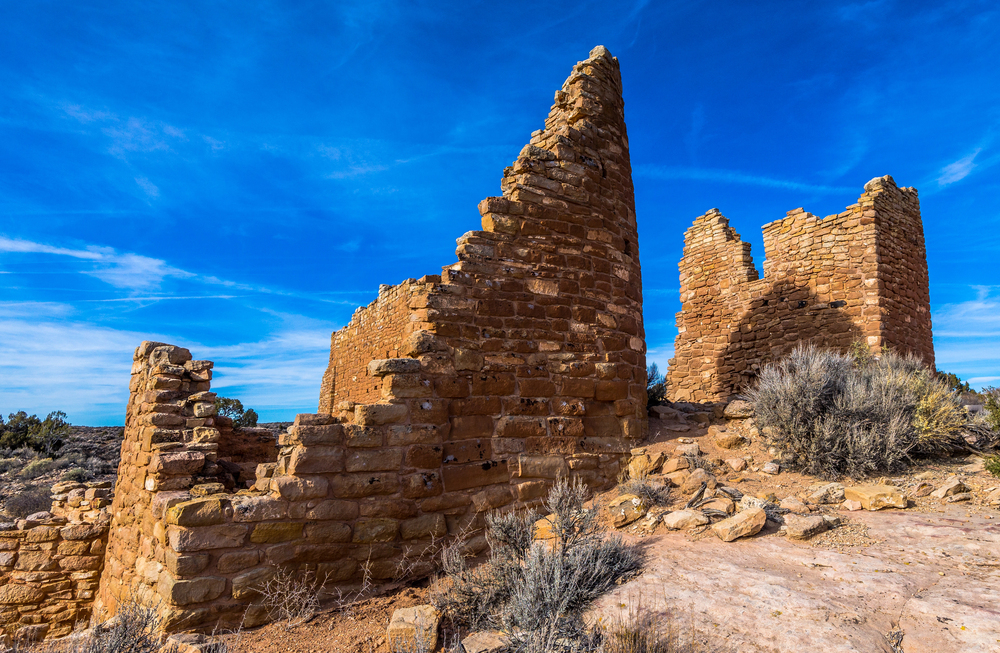
Six groups of ancient towers and pueblos dot the landscape along the Utah-Colorado border, representing some of the finest examples of Ancestral Puebloan architecture. These 13th-century structures demonstrate sophisticated engineering skills, with some towers rising three stories high and featuring precise astronomical alignments.
The monument’s name comes from a Ute word meaning ‘deserted valley,’ though archaeological evidence suggests the area supported thriving communities for centuries.
Antelope Island Petroglyphs
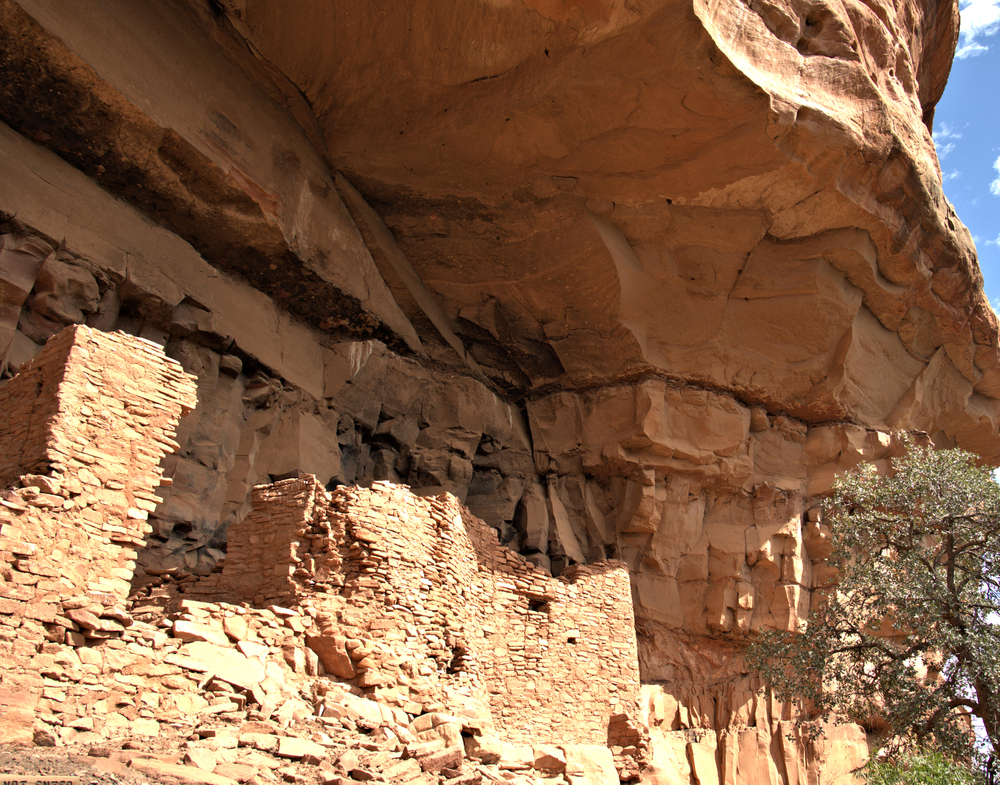
Located on the largest island in the Great Salt Lake, these rock art panels were created by various Native American groups over thousands of years. The petroglyphs include images of bison, which once roamed the area in massive herds before being replaced by the American bison herd that now calls the island home.
The elevated location provided ancient peoples with panoramic views of the surrounding valleys and served as an important observation point.
Like Travel Pug’s content? Follow us on MSN.
Fremont Indian State Park
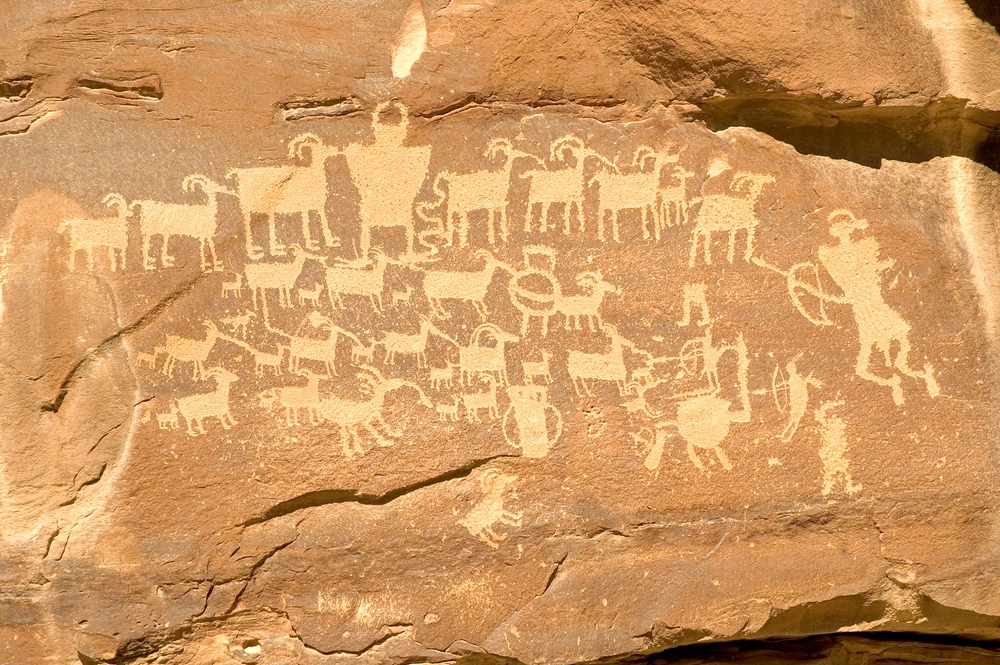
This park preserves the largest known Fremont Indian village site, which was occupied from approximately 1050 to 1200 CE. Excavations have revealed pit houses, granaries, and artifacts that shed light on the daily lives of these ancient farmers and hunters.
The visitor center displays recovered pottery, tools, and other items that paint a picture of a complex society adapted to the challenging high-desert environment.
Sego Canyon
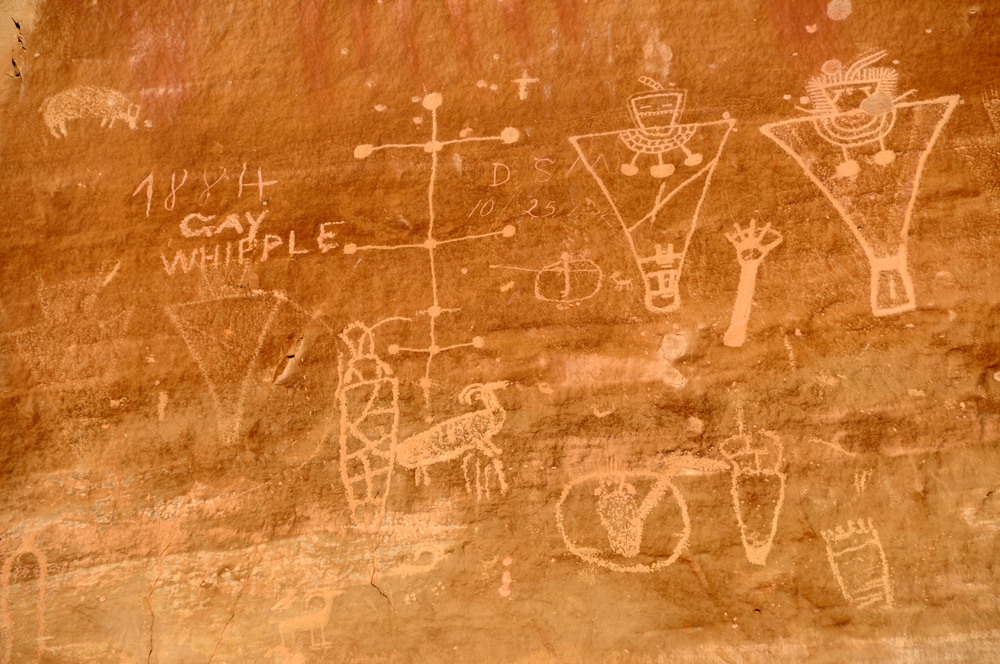
The narrow walls of this canyon serve as a natural gallery showcasing three distinct artistic traditions: Barrier Canyon-style pictographs from the Archaic period, Fremont petroglyphs, and more recent Ute rock art. The layered history visible on these cliff faces spans roughly 4,000 years, with each culture adding its artistic interpretation to the landscape.
The ghostly Barrier Canyon figures, painted in red ochre, create particularly haunting images against the sheer sandstone.
Butler Wash Ruins
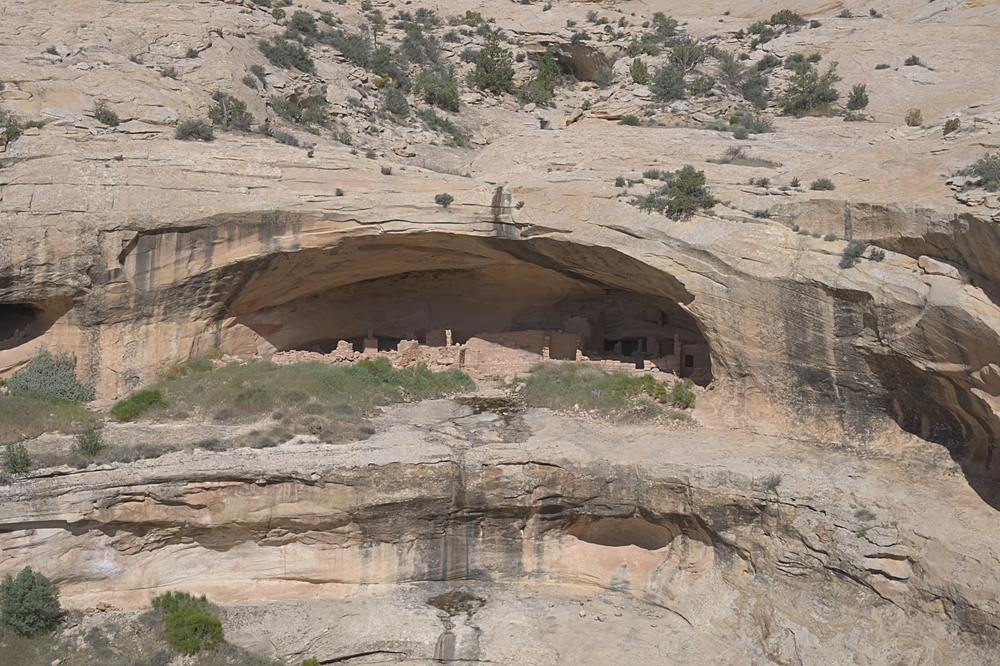
These well-preserved cliff dwellings represent some of the most accessible Ancestral Puebloan ruins in southeastern Utah. A short hike leads to an overlook where visitors can observe intact structures tucked into natural sandstone alcoves, including kivas (ceremonial chambers) and multi-story buildings.
The strategic location provided both protection from the elements and defensive advantages for the inhabitants.
Like Travel Pug’s content? Follow us on MSN.
Grand Gulch Primitive Area
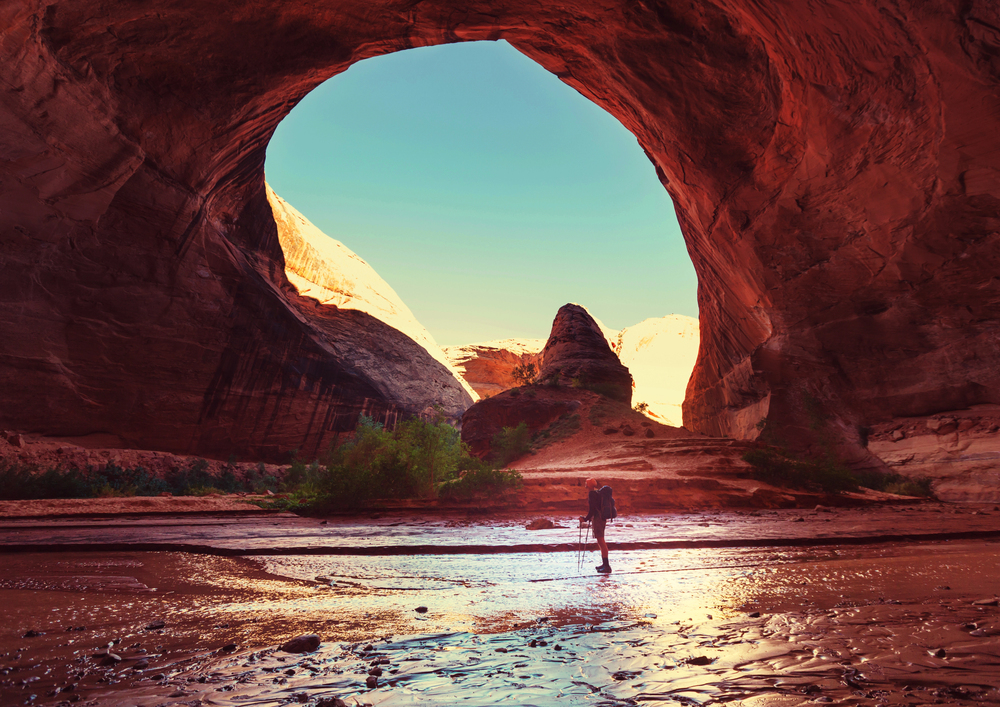
This wilderness area contains hundreds of archaeological sites scattered throughout its maze of sandstone canyons and washes. Backpackers willing to venture into the backcountry can discover remarkably preserved ruins, rock art panels, and artifacts left by Ancestral Puebloan peoples.
The area requires permits and careful planning but rewards visitors with some of the most pristine archaeological experiences in the Southwest.
Goosenecks of the San Juan
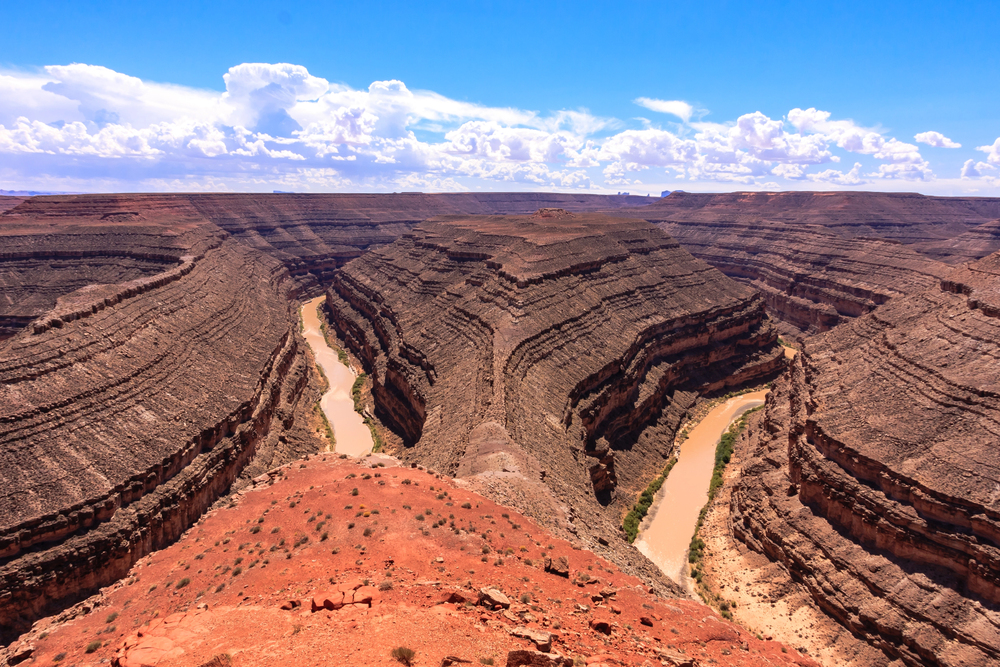
While primarily known for its dramatic geological formations, this overlook also provides views of numerous archaeological sites along the San Juan River below. The river corridor served as a major travel route for ancient peoples, and evidence of their passage can be spotted from the rim.
Petroglyphs and ruins dot the landscape visible from this spectacular vantage point 1,000 feet above the river.
Edge of the Cedars State Park Museum
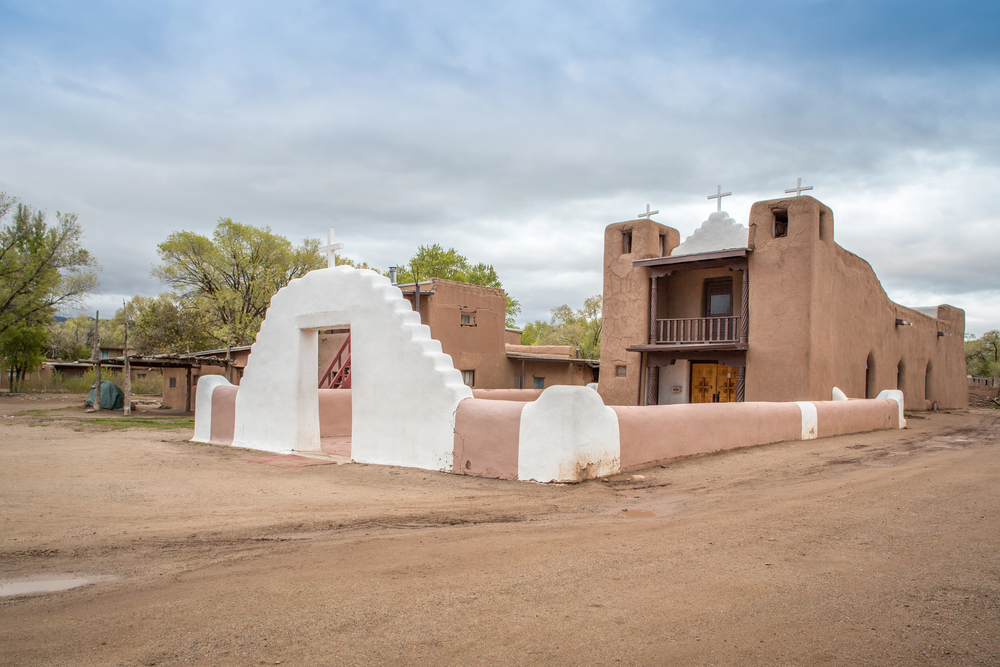
This museum and archaeological site preserves a 1,000-year-old Ancestral Puebloan village in the heart of Blanding. Visitors can explore excavated ruins and enter a restored great kiva, one of the few in Utah open to the public.
The museum houses an extensive collection of Native American artifacts, including some of the finest examples of Ancestral Puebloan pottery and basketry found in the region.
Like Travel Pug’s content? Follow us on MSN.
Range Creek Canyon

This remote canyon remained virtually untouched by modern development until recently, preserving an archaeological wonderland that includes over 200 sites spanning 4,000 years of human occupation. Access is strictly controlled to protect the fragile resources, but guided tours allow visitors to see remarkably intact granaries, rock art, and habitation sites.
The canyon’s isolation helped preserve organic materials rarely found at other sites. Visitors should check access requirements well in advance.
Buckhorn Wash
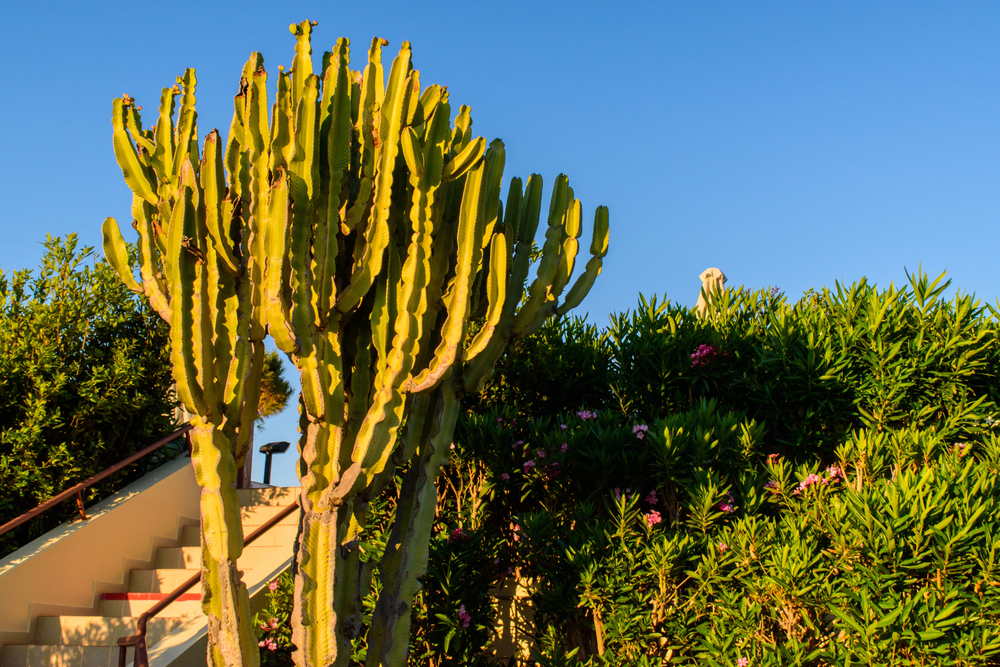
The San Rafael Swell contains this extensive gallery of Barrier Canyon-style pictographs featuring elongated anthropomorphic figures painted in red, white, and sometimes green pigments. These mysterious images, created by Archaic peoples between 2,000 and 4,000 years ago, often appear to float on the canyon walls like ancient spirits.
The site also includes more recent Fremont petroglyphs depicting animals and geometric designs.
Capitol Reef Petroglyphs
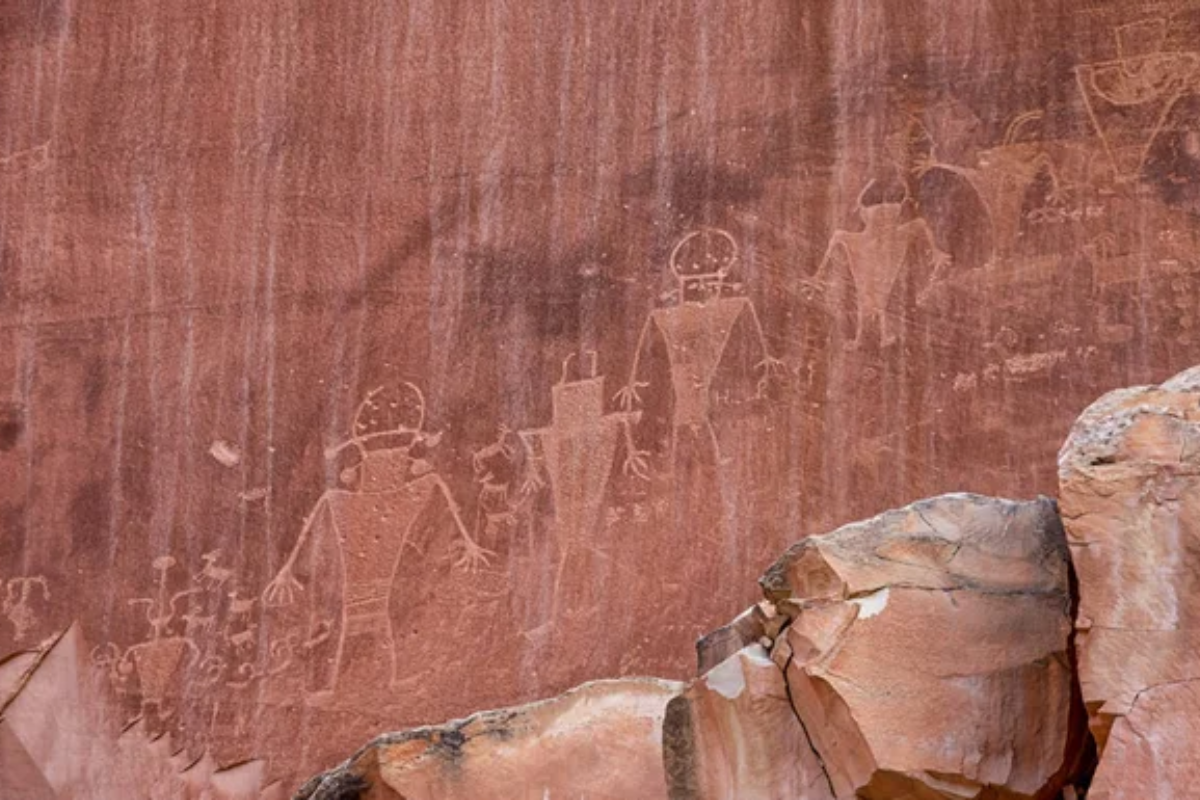
Along the Fremont River in Capitol Reef National Park, a roadside petroglyph panel displays hundreds of symbols carved by the Fremont people around 1100 CE. The easily accessible location makes this one of Utah’s most visited rock art sites, where families can examine bighorn sheep, human figures, and abstract designs without hiking.
The nearby Fremont River provided water that supported both ancient settlements and the historic Mormon pioneer community of Fruita.
Like Travel Pug’s content? Follow us on MSN.
Horseshoe Canyon
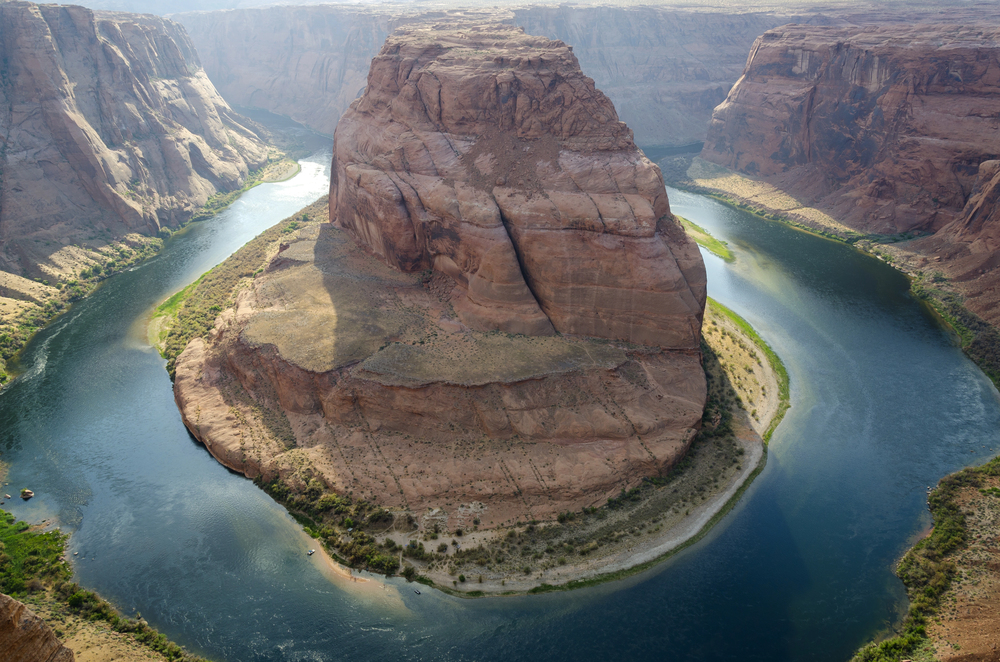
This detached unit of Canyonlands National Park protects some of the most spectacular rock art in North America, including the famous Great Gallery panel. The Barrier Canyon-style pictographs feature life-sized human figures painted in red ochre, some appearing to wear elaborate headdresses and body decorations.
The 6.5-mile round-trip hike to reach the Great Gallery crosses desert terrain and drops 800 feet into the canyon.
Sand Island Petroglyphs
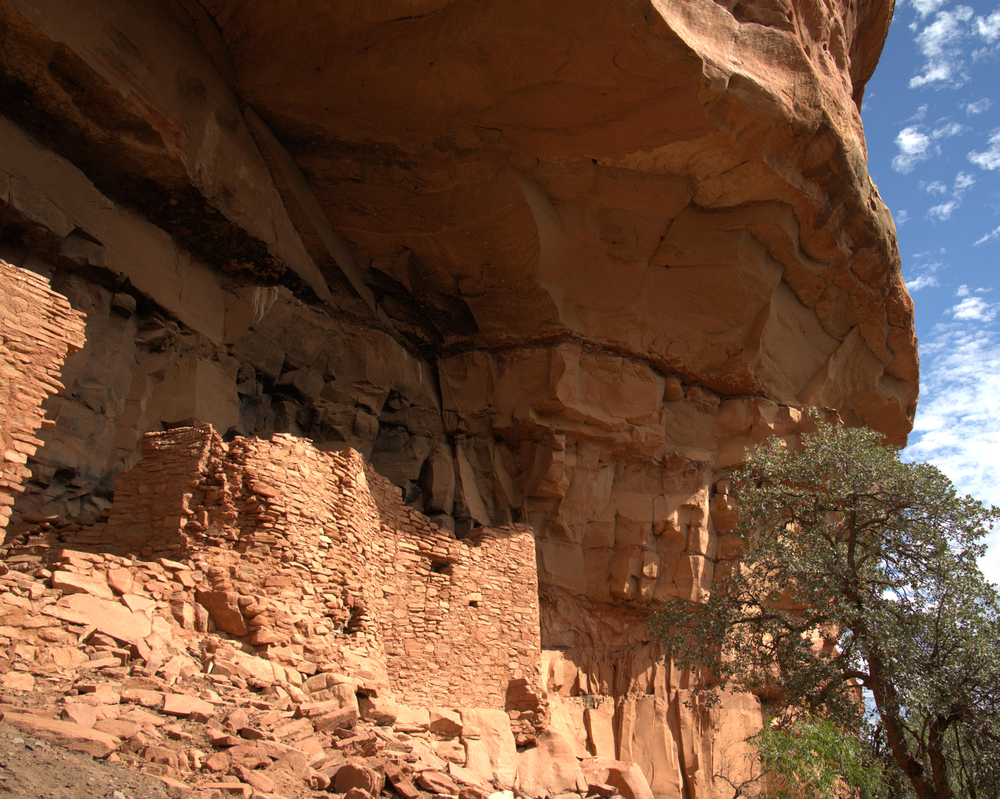
Located along the San Juan River near Bluff, this easily accessible site features over 200 petroglyphs spanning different periods and cultures. The Ancestral Puebloan symbols include elaborate ceremonial figures, animals, and geometric patterns carved into the dark desert varnish on the sandstone cliff face.
The adjacent campground makes this an ideal base for exploring the Four Corners region.
Parowan Gap
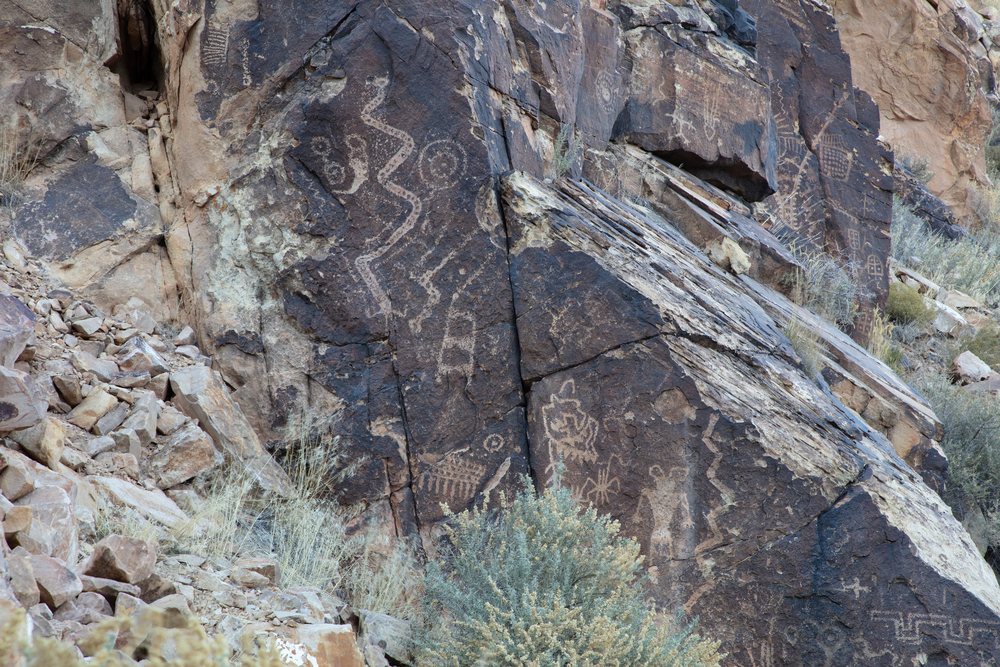
This natural gap in the mountains north of Parowan served as a travel corridor for thousands of years, and ancient peoples marked their passage with extensive rock art. The petroglyphs include some unusual symbols not commonly found elsewhere, suggesting this location held special significance for multiple cultures.
The site’s location along major travel routes made it a natural meeting place where different groups could interact and share information.
Like Travel Pug’s content? Follow us on MSN.
Dry Fork Canyon
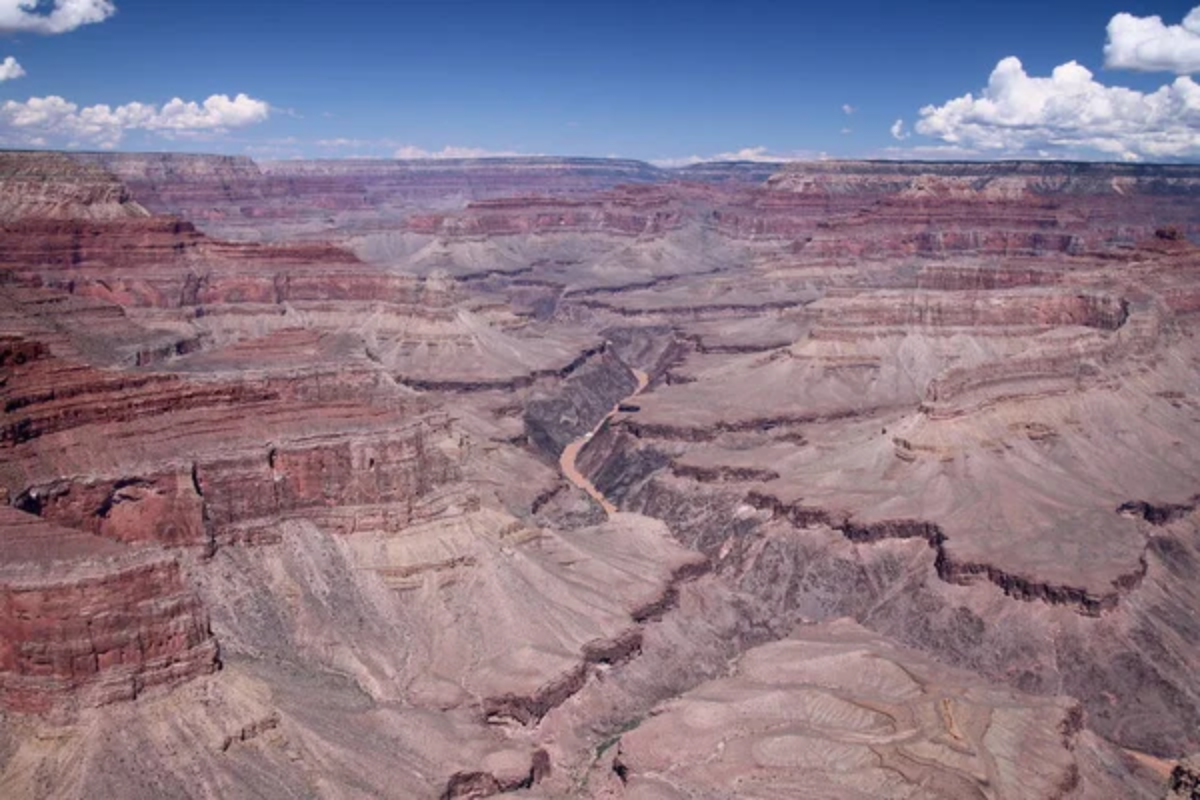
Part of the McConkie Ranch near Vernal, this site features some of the best-preserved Fremont petroglyphs in the Uinta Basin. The classic Fremont figures include large anthropomorphic forms with elaborate headdresses, shield-bearing warriors, and detailed depictions of animals.
Private landowners have worked with archaeologists to protect and interpret the site while allowing public access through guided tours.
Thompson Springs Petroglyphs
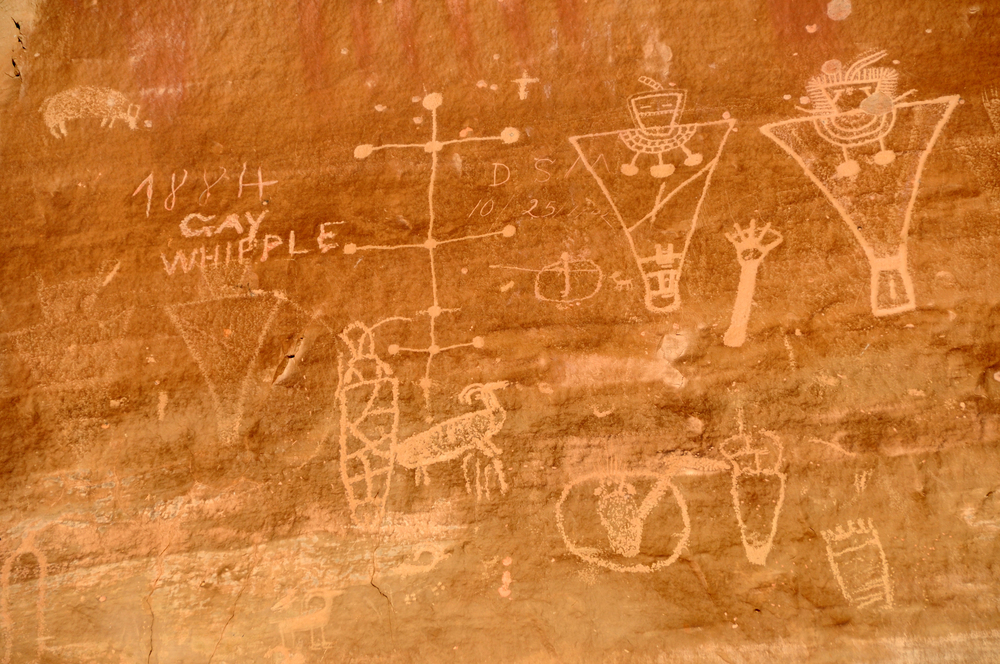
These rock art panels along old Highway 6 showcase the artistic traditions of both Fremont and later Ute peoples. The site includes some rare examples of petroglyphs created using different techniques, from pecked designs to incised lines that create varying textures and visual effects.
The location along a major travel corridor made it a natural place for ancient artists to leave their mark.
Westwater Canyon
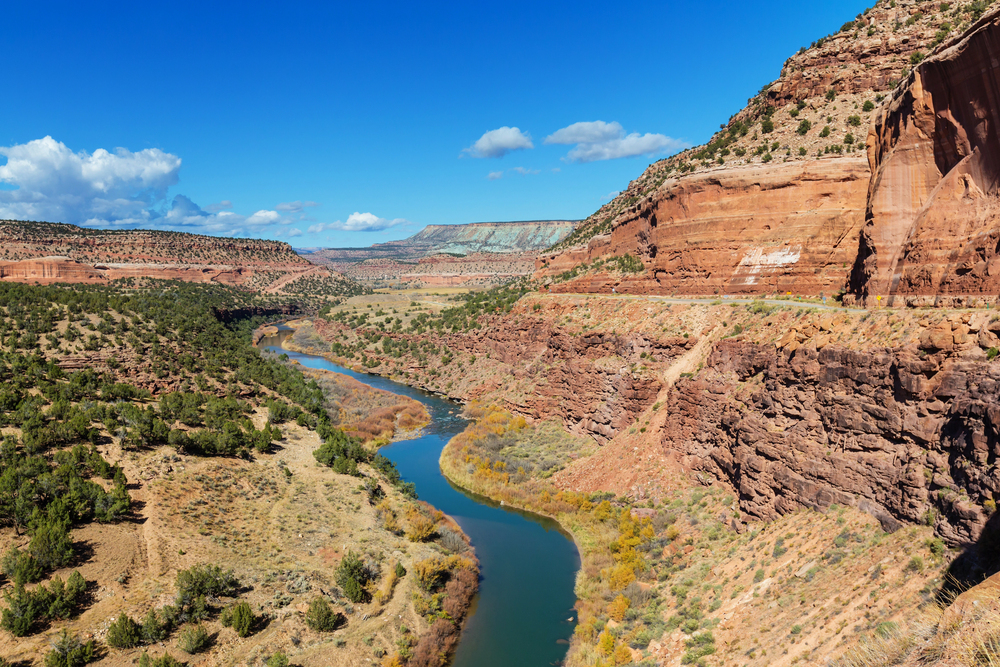
The Colorado River corridor through this canyon contains numerous archaeological sites hidden among the towering red cliffs and side canyons. River runners passing through on multi-day trips can spot ancient granaries tucked into cliff faces and petroglyphs on boulders near the water’s edge.
The challenging rapids and remote locations have helped protect these sites from heavy visitation, while providing adventurous travelers with glimpses of ancient life along the river.
Like Travel Pug’s content? Follow us on MSN.
Utah’s Living Heritage
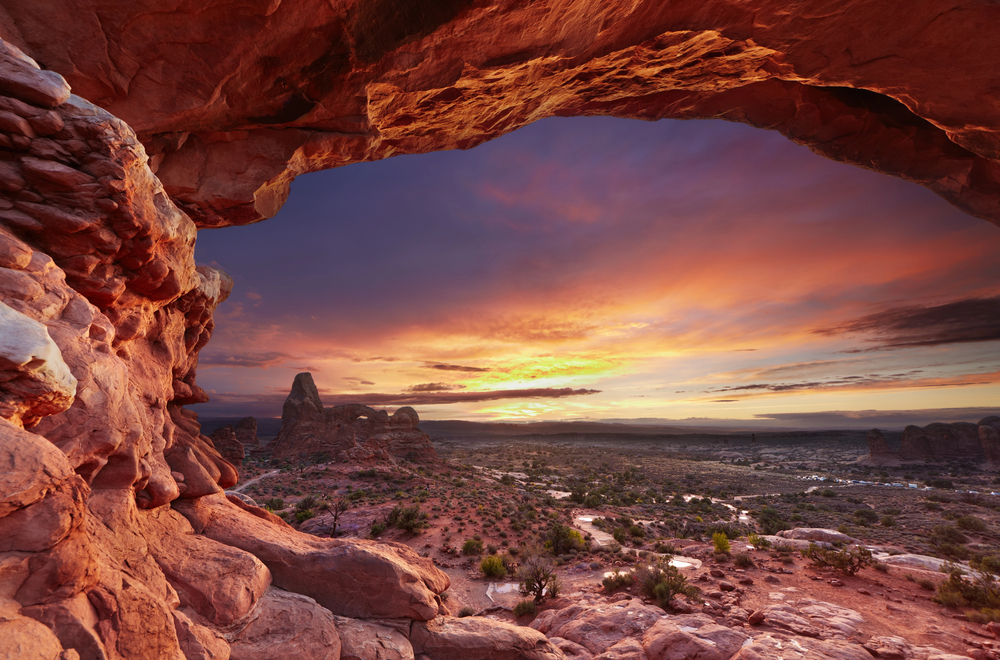
These archaeological treasures represent far more than historical curiosities—they’re tangible connections to the Indigenous peoples who called Utah home for thousands of years before statehood. Many sites remain sacred to contemporary tribal communities who continue traditional practices and maintain cultural ties to ancestral lands.
Visiting these places with respect and understanding helps preserve both the physical sites and the living cultures they represent for future generations.
More from Travel Pug

- 20 Best Beach Towns in the Carolinas
- 13 Destinations Where Tourists Regularly Regret Their Trip
- 20 Destinations That Are More Magical Without an Itinerary
- 20 Underrated Adventures That Belong on Your Travel List
- 20 Cities Where You Should Just Wing It, No Planning Required
Like Travel Pug’s content? Follow us on MSN.
